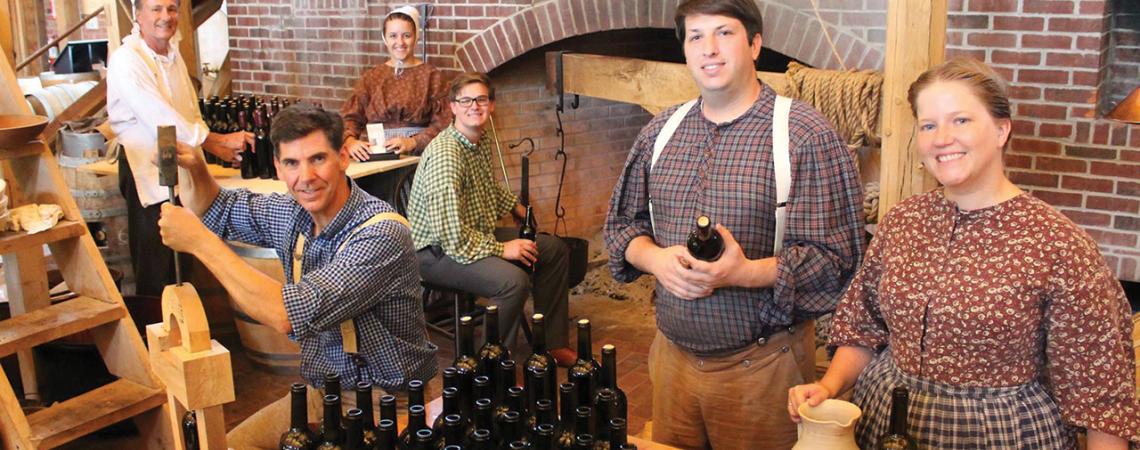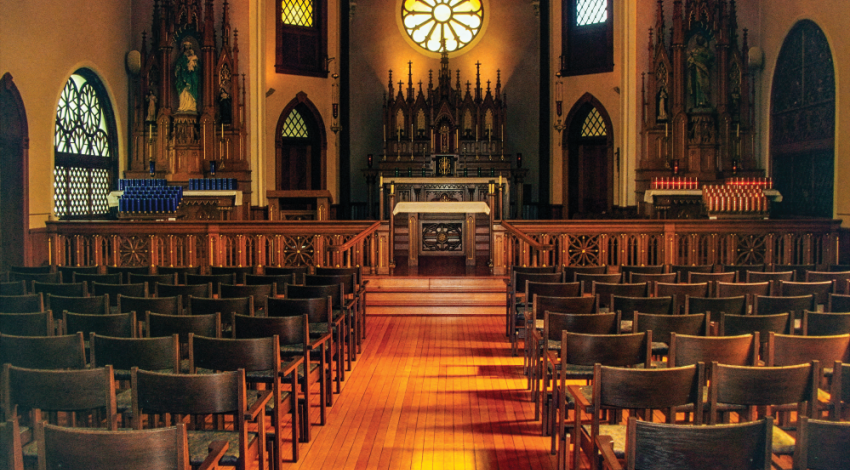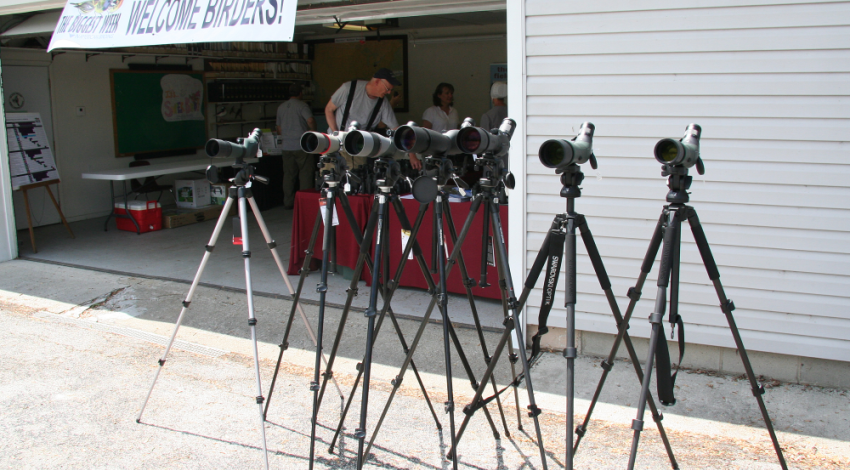The staff at Carillon Brewing Company put as much into the authentic period look of the brewery as into the period production methods they use. (Photo courtesy Dayton History)
When people patronize Carillon Brewing Company in Dayton this month, they’ll discover a Valentine-worthy beer — beet ale — that’s vibrant, earthy, and perfect for winning over hearts and waking up taste buds. “It’s a red ale, made from beet sugar, that’s sweet and very tasty,” says Brady Kress, the Dayton History president and CEO who masterminded Carillon Brewing.
Dayton History is the Montgomery County historical organization whose operations include Orville Wright’s Hawthorn Hill mansion; the antebellum Patterson Homestead; and Carillon Historical Park, a living history museum with a lush and lovely riverside campus proudly punctuated by the largest carillon in Ohio. It harbors national and international treasures such as the world’s first practical airplane (the 1905 Wright Flyer III) and the oldest existing American-built locomotive (the 1835 B&O No. 1) — all, as Kress points out, indigenous to the Dayton area, as opposed to other museums that bring in exhibits from around the country. “Everything here is homegrown,” says Kress. “Our collections tell the stories of Dayton’s history, businesses, and inventions.”
When Carillon Brewing debuted on Carillon Park’s 65-acre campus in 2014, Dayton got bragging rights to the nation’s first — and only — fully licensed production brewery at a museum.
While craft breweries are cropping up everywhere these days, Carillon Brewing is also unique because it’s the only U.S. brewery that uses historic brewing methods to produce pre-Civil War-era ales. Carillon Brewing is a triple-threat attraction — a working museum exhibit, a microbrewery, and a restaurant specializing in the simple fare of Dayton’s erstwhile English, Irish, and German immigrant populations — that immerses visitors into an era when beer was a daily beverage that was safer to drink than the city’s water supply.
“Having our own brewery creates another reason for people to come to Carillon Park and enjoy, as we like to say, ‘history by the pint,'” Kress says.
Carillon Brewing makes the past eminently palatable by providing a multi-sensory experience that begins with the newly built brewery itself, which, thanks to early 1800s construction details like hand-cut nails and timbering milled with a sash saw, appears to be 170 years old. Inside the brewery, visitors hear a wood-and-charcoal fire crackling beneath a brewing kettle; smell the tantalizing aromas of schnitzel, sauerkraut, and potato soup; and taste Carillon’s flagship Coriander Ale, which, in olden times, was brewed at home by housewives who used it to soothe sore throats. Carrillon’s is made according to an 1830s recipe that was found in a diary.
Although other American history venues give brewing demonstrations or make beer in modern, behind-the-scenes facilities that visitors never see, Kress envisioned the Carillon Brewing project as a far more engaging and historically accurate tool for teaching the largely forgotten story of Dayton’s brewing heritage. “I wanted to condense the historic beer-making process into a single masonry structure so that guests could see every stage of brewing,” Kress says.
Because of that focus on the process, Carillon Brewing verges on theater-in-the-round, where patrons sit just a few feet away from the re-created, gravity-feed brewing equipment and watch interpreters dressed in period-appropriate costumes add wood to the fire; tend the mash tun; hand-cut ginger root for the next batch of Ginger Pale Ale; and in the spirit of history, encourage people to try Carillon Concord Semi-Sweet, a recently introduced wine rooted in the early 1800s when southwest Ohio had a thriving wine industry.
“This place,” allows Kress, “is as close to the 19th century as you can get.”









